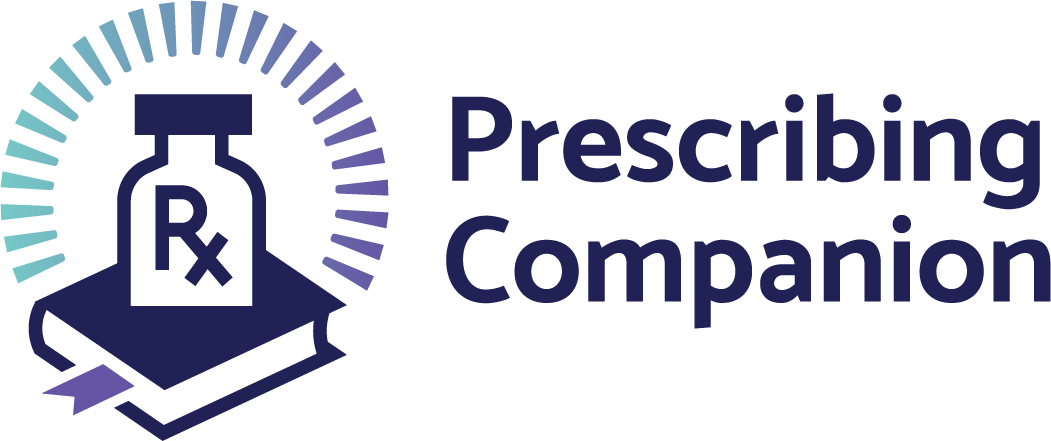Description
A pulmonary infection resulting from inhalation of bacteria-rich fluids into the lower respiratory tract.
This is frequently found in:
- Older adults
- CVA & post-stroke pneumonia
- Alcohol Use Disorder (AUD)
- Seizures
- Drug overdose
- Use of sedatives
- CNS disorders
- Muscular disorders
Signs and Symptoms
Commonly present with features of CAP, including cough, fever and malaise
Investigations
A comprehensive history regarding current or previous dysphagia, previous stroke, instances of aspiration, coughing during eating or drinking, and other medical conditions predisposing to overt or silent aspiration aids in diagnosing aspiration pneumonia.
- CxR
- CT Scan
- Septic screen
- FBC
- Urea & Creatinine
- Videofluoroscopy swallowing study (VFSS) (a modified barium swallow
Treatment
Supportive
- Nurse in lateral decubitus or propped-up
- NG tube insertion where necessary
- Chest physiotherapy
Pharmacological
Local facility outpatient
- Amoxicillin 500mg eight hourly 5-7 days
- Doxycycline 100mg twelve hourly 5-7 days
- Azithromycin 500mg stat then 250 mg once daily for 4 days
Patients with co-morbidities who are not admitted may be given
- Amoxicillin/clavulanate 500mg/125mg 8 hourly
- A combination of a cephalosporin and a macrolide
- Also, a respiratory quinolones (levofloxacin or moxifloxacin)
Hospitalized patients with non-severe CAP, without risk factors for methicillin-resistant Staphylococcus aureus (MRSA) infection or Pseudomonas aeruginosa
- Ampicillin/sulbactam 1.5g to 3 g 6 hourly
- Cefotaxime 1g to 2g -8 hourly or ceftriaxone 1g to 2g daily
- Ceftaroline 600 mg 12hourly plus a macrolide
- Also, a respiratory quinolones
In patients with confirmed risk factors for MRSA or P-aeruginosa or a prior history of infections secondary to these organisms
- Piperacillin/tazobactam
- Cefepime imipenem, or meropenem in combination with vancomycin or linezolid
